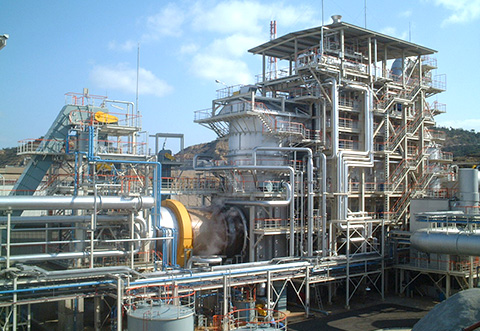How to define first-class solid waste and second-class solid waste?

Solid waste, the full name of solid waste. Solid waste generated in life refers to solid and semi-solid waste materials generated by human beings in production, consumption, life and other activities (the definition abroad is more extensive, and the waste generated by animal activities also belongs to this category), popular I mean, it’s “garbage”. Mainly include solid particles, garbage, slag, sludge, discarded products, damaged utensils, defective products, animal carcasses, spoiled food, human and animal excrement, etc. In some countries, high-concentration liquids such as waste acid, waste alkali, waste oil, and waste organic solvents are also classified as solid waste.
From January 1, 2021, my country will prohibit the import of solid waste by any means, and prohibit the dumping, stacking and disposal of solid waste outside my country. How to define first-class solid waste and second-class solid waste? How to identify the difference? The introduction is as follows:
1. Definition of first-class solid waste and second-class solid waste
Class I solid waste: in the leaching solution obtained by performing the leaching test according to the method specified in “Solid Waste Leaching Toxicity Leaching Method” (GB5086-1997), the concentration of any pollutant does not exceed the “Comprehensive Wastewater Discharge Standard” (GB8978-1996 ), general industrial solid waste with the highest allowable discharge concentration and pH value between 6 and 9.
Class II solid waste: In the leaching solution obtained by the leaching test according to the method specified in “Solid Waste Leaching Toxicity Leaching Method” (GB5086-1997), one or more pollutant concentrations exceed the “Comprehensive Wastewater Discharge Standard” (GB8978- 1996), the highest allowable discharge concentration, or general industrial solid waste with a pH value of 6-9.
2. The difference between first-class solid waste and second-class solid waste
Detection of first-class and second-class solid waste identification range
00001. Common sample types: sludge, sewage, waste liquid, waste residue, catalyst waste residue, coal slag, slag, etc.
00002. Other samples: organic solvent waste, waste mineral oil, waste emulsion, dye paint waste, organic resin waste, photosensitive material waste, surface treatment waste, incineration treatment residue, and other wastes.
